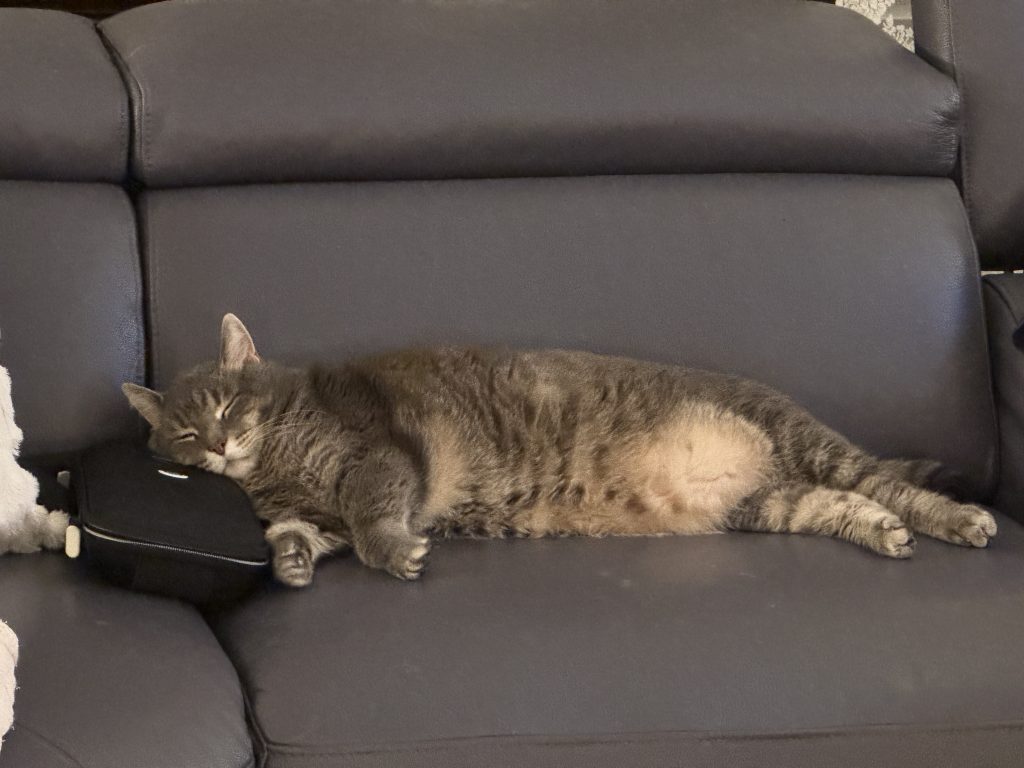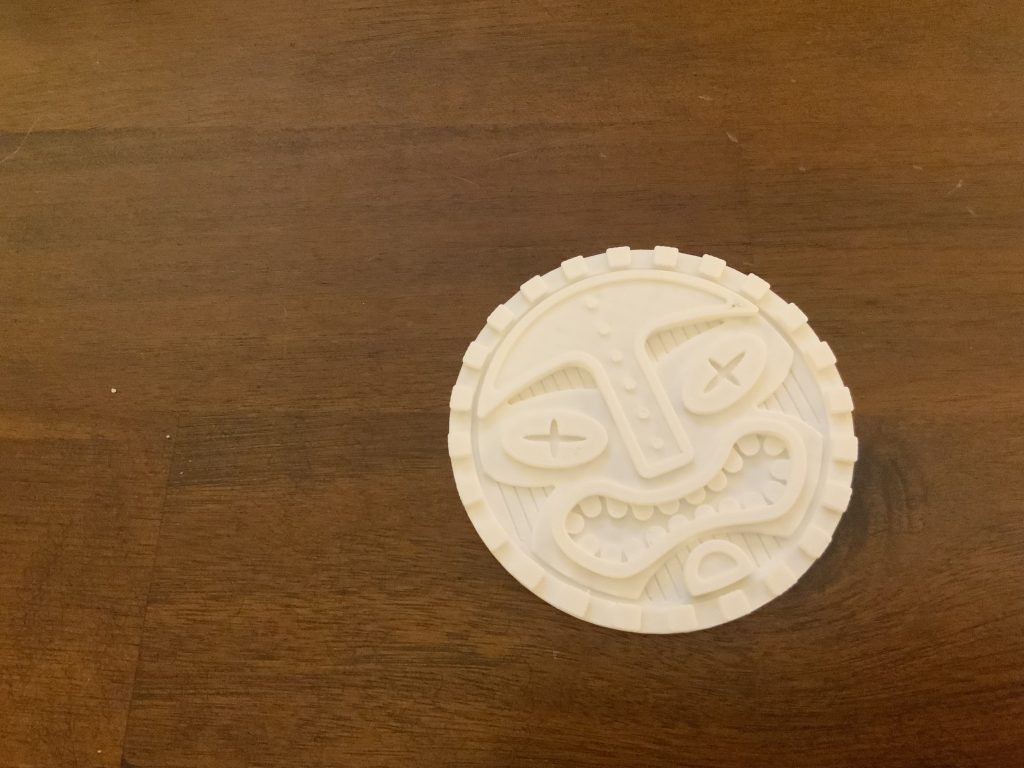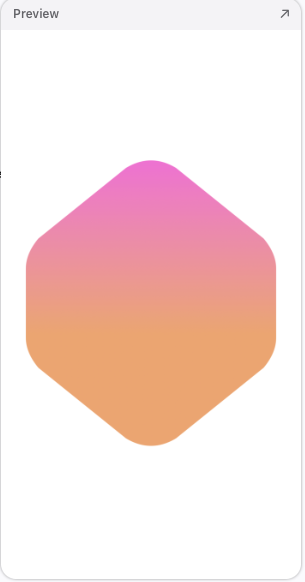Got a new pet

Baymax went home with Mark. I was very sorry to see both of them go. Fortunately, we have a new pet! Joanne has named him Opie. I’m not sure he’s going to be permanent, though.
The coding world for me continues to go a bit slowly, although I have done a few computery things. I installed a few new systems on various machines in the homelab. One if Automatic Ripping Machine, which I got installed just today. It’s not exactly working right at the moment, but it might start working. Eventually.
I also mostly gave up on the open-source version of VS Code I’ve been using. It’s still installed on two servers, but I’ve been unable to get FORTRAN to work on it. It’s probably doable, but everything just seems to work more easily with the actual VS Code. So I installed it on a couple of machines. Ironically, I haven’t tried to make it work with my little FORTRAN code snippets.
I also get up a copy of GitLab on a server. I still don’t really have a use case for it, but it’s there when I need it.
In all of this, though, I haven’t even looked at XCode lately. I’ll get back to that soon. That’s really the future for my coding efforts, I believe.
So more coding to come. Later. But soon! Maybe. Hopefully! We’ll see.




